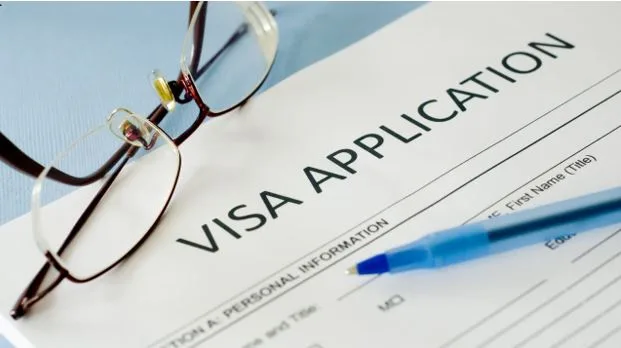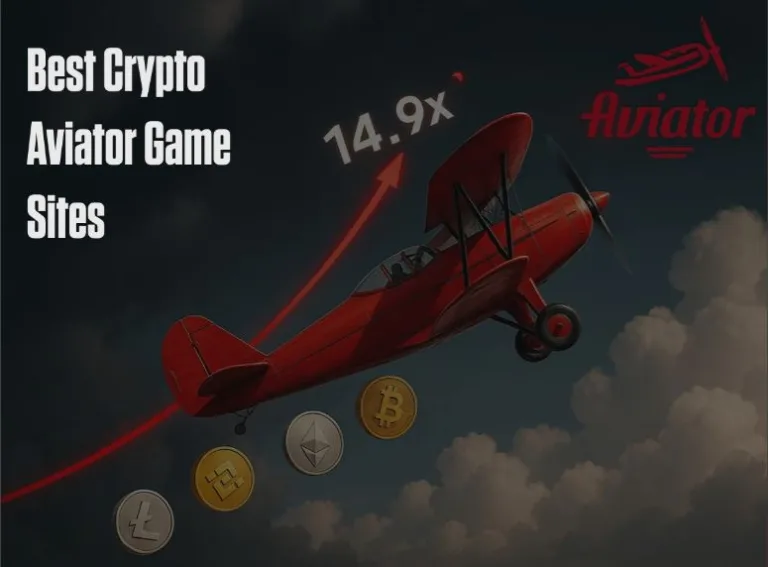Understanding EB3 Visa Requirements for U.S. Employment-Based Immigration
The United States attracts thousands of foreign nationals every year who seek better career opportunities and long-term residency. Among the different employment-based immigration options, the EB-3 category has become a popular pathway, especially for skilled workers, professionals, and even certain unskilled workers. Before starting the process, it’s essential to clearly understand the EB3 visa requirements and how they differ depending on which subcategory applies to you.
What Is the EB-3 Visa?
The EB-3 visa is part of the U.S. employment-based green card system. It is the third preference category, designed for:
- Skilled workers – Individuals with at least two years of training or work experience in a specific field.
- Professionals – Foreign nationals who hold at least a U.S. bachelor’s degree or its foreign equivalent.
- Other workers (unskilled labor) – Individuals capable of performing unskilled jobs that require less than two years of training, provided U.S. workers are not available.
Unlike temporary work visas such as H-1B or O-1, the EB-3 visa offers a direct path to permanent residency in the U.S. However, the process can be long and complex due to strict labor certification rules and limited annual visa quotas.
General EB3 Visa Requirements
While the specific qualifications vary for each subcategory, there are some core EB3 visa requirements that all applicants must meet:
- A permanent, full-time job offer from a U.S. employer willing to sponsor the applicant.
- Labor certification (PERM) approval from the Department of Labor (DOL). This step confirms that there are no qualified U.S. workers available for the role.
- Proof of qualifications. Depending on the subcategory, applicants must demonstrate relevant education, work experience, or training.
- Admissibility to the U.S. Applicants must meet general immigration requirements such as passing background checks, medical examinations, and proving they will not become a public charge.
Once these general conditions are met, applicants need to satisfy additional subcategory-specific requirements.
EB3 Visa Requirements for Skilled Workers
For the skilled worker subcategory, the requirements include:
- At least two years of job experience, training, or education relevant to the offered position.
- A permanent, non-seasonal full-time job from a U.S. employer.
- Evidence such as employment letters, contracts, or certifications proving prior work experience.
These roles typically include technical positions, specialized trade jobs, and mid-level occupations that require practical expertise.
EB3 Visa Requirements for Professionals
The professional subcategory is for applicants who hold at least a bachelor’s degree or its equivalent. Key requirements include:
- A U.S. bachelor’s degree or a foreign equivalent, which is required for entry into the profession.
- The degree must be related to the field of employment offered.
- Demonstration that the role truly requires a professional-level education and is not substitutable by experience alone.
Common professions under this subcategory include engineers, teachers, accountants, architects, and healthcare professionals.
EB3 Visa Requirements for Other Workers (Unskilled Labor)
This category allows for individuals performing jobs that require less than two years of training or experience. Requirements include:
- A permanent job offer for an unskilled position from a U.S. employer.
- Evidence that there are not enough U.S. workers available to perform the job.
- Commitment to working full-time in the offered role.
Examples of such positions include food service workers, caregivers, agricultural workers, and entry-level labor roles. However, this subcategory usually has the longest wait times because of high demand and strict visa quotas.
The Role of PERM Labor Certification
Regardless of the subcategory, the PERM labor certification is a critical part of the EB-3 process. The employer must prove to the U.S. Department of Labor that:
- The offered job was properly advertised in the U.S. labor market.
- No qualified, willing, or available U.S. workers applied.
- Hiring a foreign worker will not negatively impact wages or working conditions of U.S. workers.
Only after PERM approval can the employer proceed with filing an I-140 Immigrant Petition with U.S. Citizenship and Immigration Services (USCIS).
Documentation for EB3 Visa Applicants
Meeting the EB3 visa requirements also involves presenting proper documentation. Applicants should prepare:
- A valid job offer letter.
- Proof of educational qualifications (degrees, transcripts, credential evaluations for foreign degrees).
- Employment verification letters or affidavits proving past work experience.
- Any professional licenses or certifications if required by the role.
- Personal civil documents (birth certificates, passports, etc.).
Having these documents well-organized is essential to avoid delays and Requests for Evidence (RFEs) from USCIS.
Challenges in Meeting EB3 Visa Requirements
Applicants often face difficulties such as:
- Long processing times due to visa backlogs, especially for applicants from countries with high demand like India and China.
- Strict documentation rules that require precise evidence of qualifications.
- Employer reluctance to go through the lengthy sponsorship process.
Because of these challenges, many applicants rely on experienced immigration attorneys to guide them through the EB-3 process.
Final Thoughts
The EB-3 category offers one of the most accessible routes to U.S. permanent residency, but meeting the EB3 visa requirements is not always simple. Skilled workers, professionals, and unskilled workers all have unique qualification standards, and every case requires careful documentation and employer sponsorship. By understanding these requirements upfront and preparing thoroughly, applicants can maximize their chances of success on their path to securing a U.S. green card.




